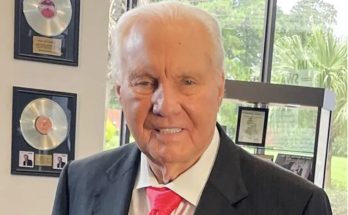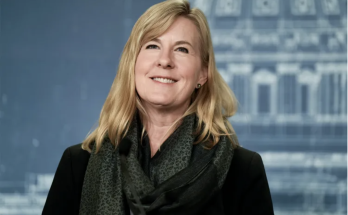Tamara Lanier identified the subjects of the photos as her direct ancestors from South Carolina
:max_bytes(150000):strip_icc():focal(713x287:715x289):format(webp)/Tamara-Lanier-052825-2a323fed74a7493b8405aa63f2f2800d.jpg)
NEED TO KNOW
- Harvard University will relinquish photographs of seven enslaved people to the International African American Museum
- The settlement comes between Harvard and Tamara Lanier after a six-year legal battle
- Two of the photos depict Lanier’s alleged ancestors, Renty and Delia, in South Carolina
Harvard University will relinquish photographs of enslaved people to the International African American Museum (IAAM) in Charleston, S.C. in a settlement reached on Wednesday, May 28.
The Ivy League institution previously housed the images, believed to be the earliest taken of enslaved African people in the United States, in the Peabody Museum of Archaeology and Ethnology. The photos’ subjects, identified as Renty and his daughter Delia, were taken in approximately 1850, when they were enslaved.
The daguerreotype portraits, which are 175 years old, were identified by Tamara Lanier as her great-great-great-grandfather and his child. The settlement between Harvard and Lanier comes after a six-year legal battle, per the New York Times. Lanier filed the suit on the basis that her ancestors did not consent to being photographed.
The outlet reports that the images were obtained by the university for Harvard biologist Louis Agassiz to use as evidence for a discredited pseudoscientific theory of Black racial inferiority in defense of slavery. Outside of the photographs of Renty and Delia, there are five other portraits of enslaved people that will be relinquished to the IAAM.
“I have been at odds with Harvard over the custody and care of my enslaved ancestors, and now I can rest assured that my enslaved ancestors will be traveling to a new home,” Lanier told the New York Times.
She continued, “They will be returning to their home state where this all began, and they will be placed in an institution that can celebrate their humanity.”
James Chisholm, a spokesman for Harvard, told the outlet, “Harvard has been committed to stewarding the daguerreotypes in a responsible manner and finding an institutional home for them where their historical significance is appreciated.”
:max_bytes(150000):strip_icc():focal(749x0:751x2):format(webp)/Harvard-Slave-Photos-given-to-museum-53-052825-1fd729843bb246fb8d08fe596a28b01e.jpg)
Joshua Koskoff, Lanier’s attorney, told the Associated Press that this outcome of the case was “unprecedented.”
Koskoff elaborated, “I think it’s one of one in American history, because of the combination of unlikely features: to have a case that dates back 175 years, to win control over images dating back that long of enslaved people — that’s never happened before.”
The AP reports that Susanna Moore, a descendant of Agassiz, was also in support of the settlement. Moore told the outlet that her ancestor’s study was a “deeply racist project.”
She continued to say, “This victory reminds us that the meaning of such objects in museums can and should change. This woman standing next to me, she knew all along she was not small and she was not alone.”
Moore and Lanier have become close personal friends. Lanier told the Times of Moore’s family, “I have vacationed with them. I have spent time with them. We stay connected.”
IAAM CEO Tonya Matthews said in a statement to the AP, “The bravery, tenacity, and grace shown by Ms. Lanier throughout the long and arduous process of returning these critical pieces of Renty and Delia’s story to South Carolina is a model for us all.”


